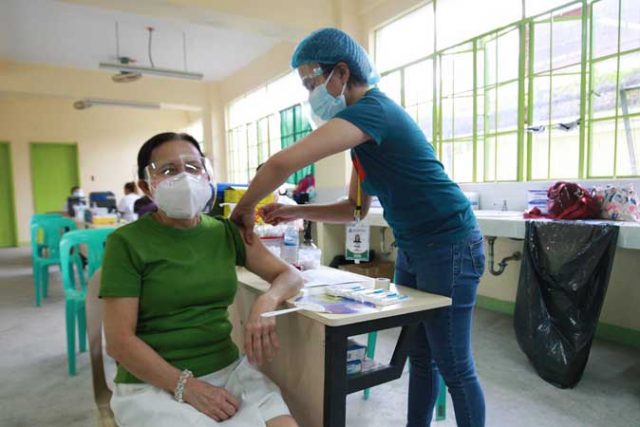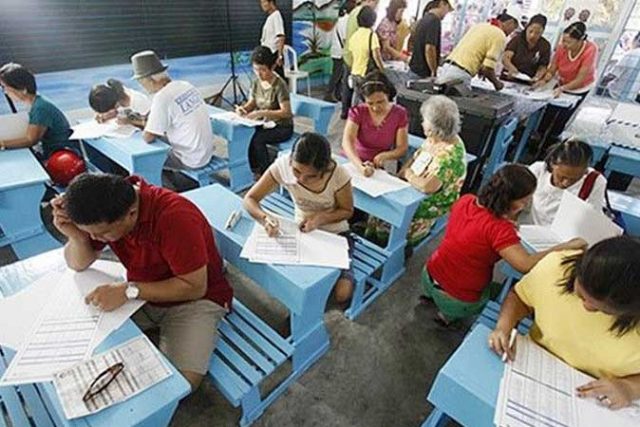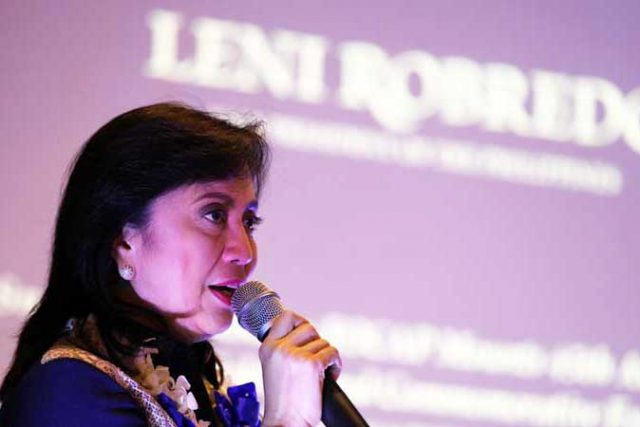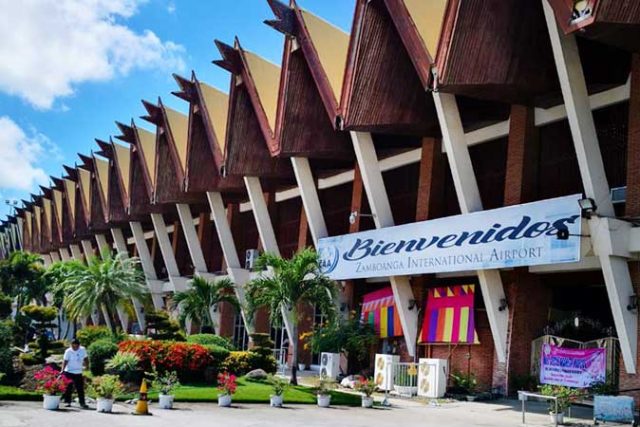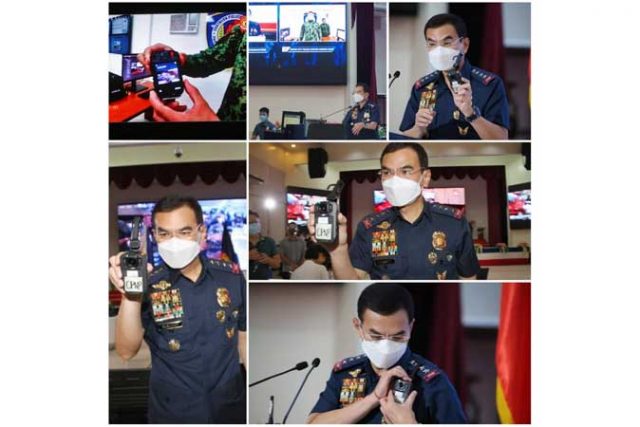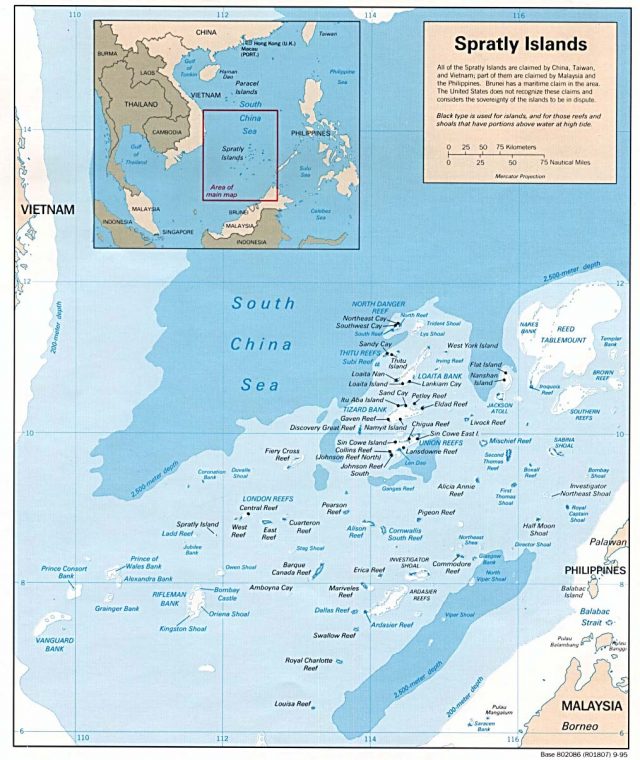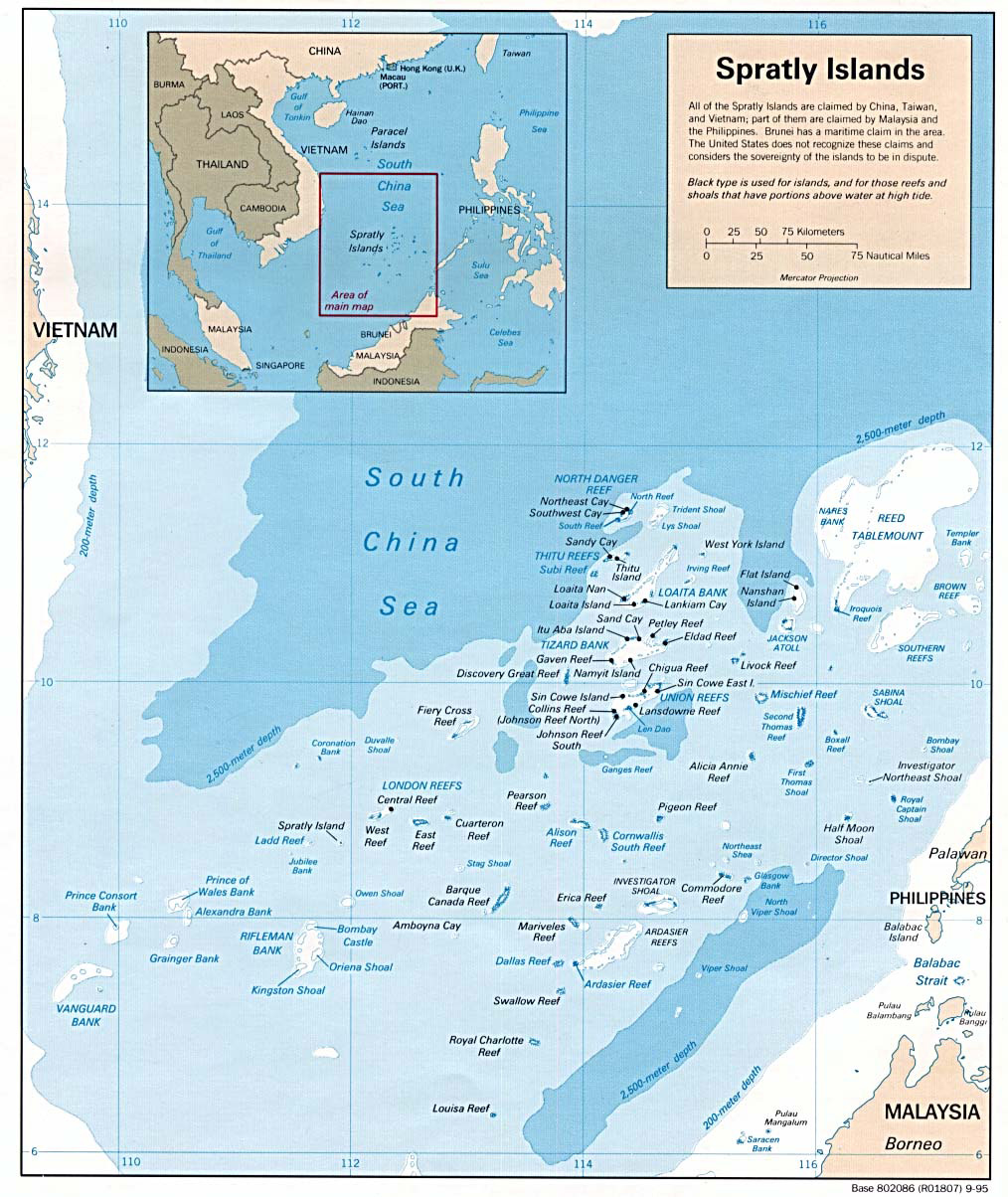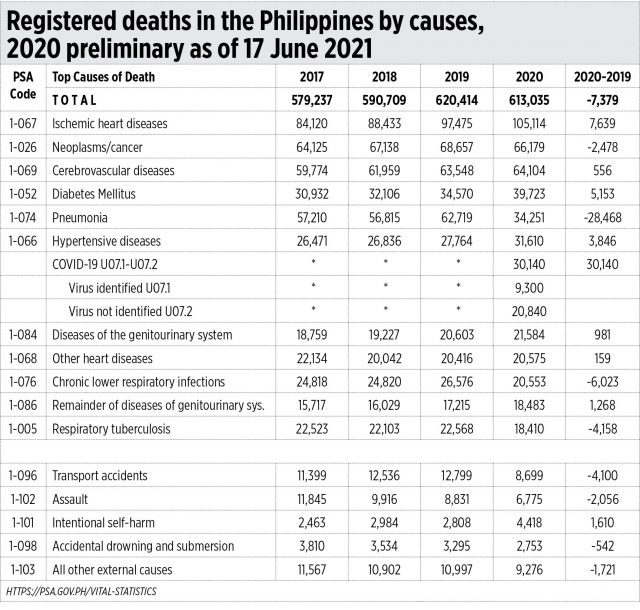This is Part 2 of this column’s piece five months ago, “10 trends in mortality and spending economics” (March 23, https://www.bworldonline.com/10-trends-in-mortality-and-spending-economics/).
The Philippine Statistics Authority (PSA) released the updated data last month on causes of death in 2020 and the results may be shocking for those who have been peddling the scary-alarming impact of COVID-19 in the country (see Table).
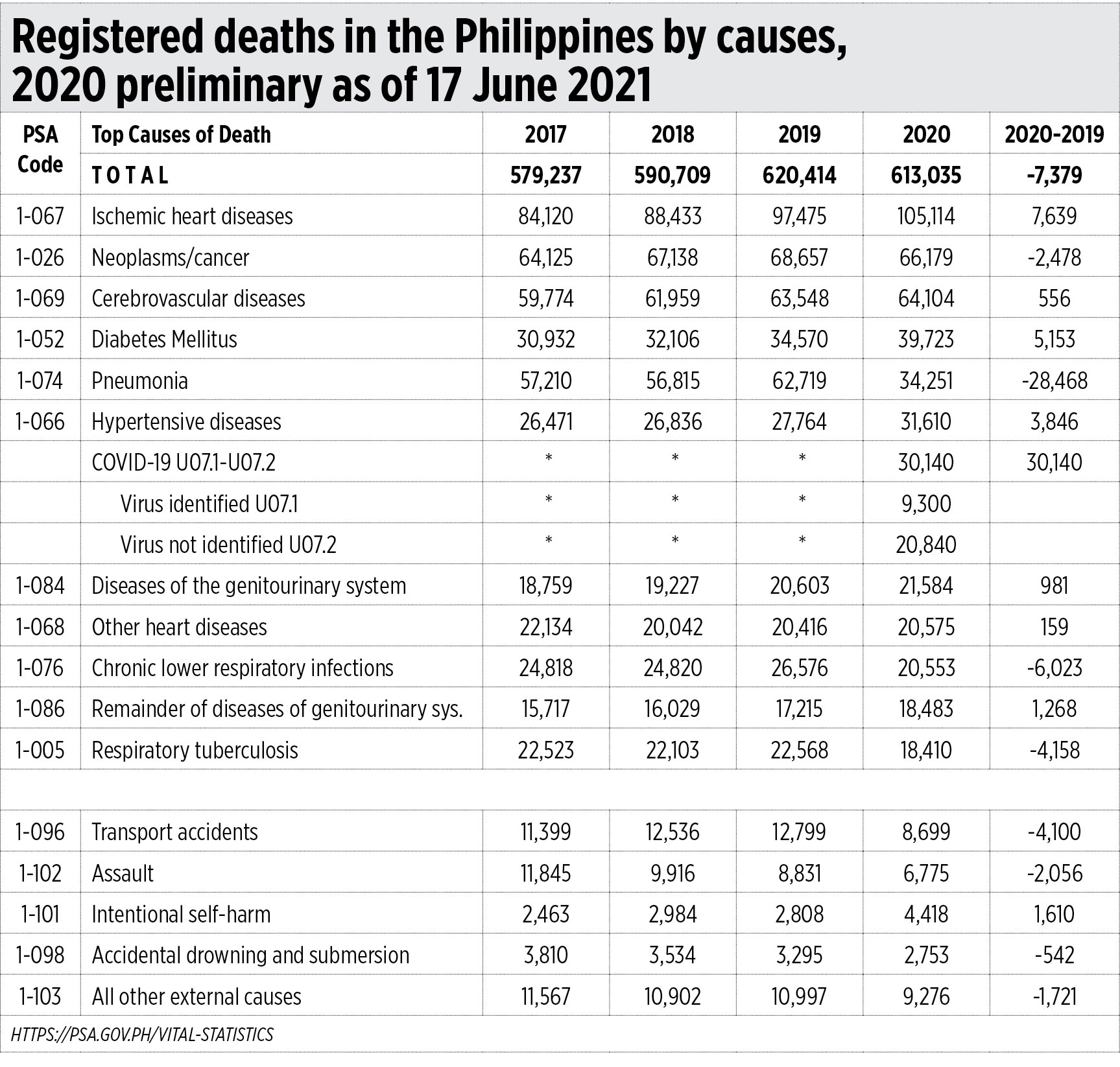
10 trends can be derived from the numbers related to COVID-19 and the strict lockdown in 2020:
One, there was no “excess mortality” as expected compared with 2019. There was, in fact, a decrease in mortality, fewer deaths by nearly 7,400. So the actual health damage is not as grave as told by government and many media narratives.
Two, ischemic heart diseases (heart attacks, etc.) remain as the main cause of death. An increase of 7,600+ was consistent with the trend in recent years.
Three, expected “excess mortality” would have been 30,000+ due to COVID-19 deaths. So, the expected deaths in 2020 would have been around 650,000, not 613,000.
Four, the annual deaths were equivalent to 1,700/day in no-pandemic 2019 and 1,680/day in pandemic 2020. The first reported COVID-19 death in the country was on March 11, 2020. So from March 11 to Dec. 31, 2020: (30,140 COVID-19 deaths) / (296 days) = 102 COVID-19 deaths per day. A real pandemic with excess mortality should have resulted in 1,802/day in 2020, not 1,680/day.
Five, there was large-scale renaming or labeling of many deaths from pneumonia, respiratory infections, and tuberculosis to COVID-19 deaths. There were fewer pneumonia deaths at nearly 28,500, fewer lower respiratory infection deaths at 6,000, fewer tuberculosis deaths at 4,100+. Also, fewer cancer/neoplasm deaths at nearly 2,500.
Six, pneumonia slid from fourth to the fifth killer disease, largely because of the re-labeling many pneumonia deaths as COVID-19 deaths. An average of 58,915 people died from pneumonia yearly from 2017-2019.
Seven, the 20,840 who died from an unidentified virus which is 69% of all reported COVID-19 deaths may be false positives and resulted in the exaggeration of the total number of COVID-19 deaths. Reporting of COVID-19 cases and deaths has been inadvertently incentivized by PhilHealth. The hospital reimbursement for COVID-19 cases (both for patients who survived or died) is P143,267/patient for moderate pneumonia, P333,519/patient for severe pneumonia, and P786,384/patient for critical pneumonia (see PhilHealth Circular No. 2020-0009, dated April 8, 2020).
Eight, the big increase in diabetes deaths of 5,100+ and hypertension deaths of 3,800+. Two possible reasons are: patients are unable to have regular check-ups and treatment due to the fear of going to hospitals and various mobility restrictions, thus their conditions deteriorated, and financial support by government (Philippine Charity Sweepstakes Office, Philippine Amusement and Gaming Corp., provincial, city governments) for other diseases have been either reduced or stopped and the money diverted to COVID-19 cases.
Nine, fewer external causes of deaths. Fewer transport accidents by 4,100, fewer stabbings and physical assaults (2,000+), fewer drownings, fewer falls and deaths from other external causes. This is because of the lockdowns, closure of bars, checkpoints, curfew, etc.
Ten, more intentional harm and suicides. From an average of 2,752 per year in 2017-2019, the cases went up to 4,418 in 2020 or 1,666 more suicides last year. The psychological, financial, and emotional stress to many people from losing their businesses and jobs, the feeling of helplessness from being prevented from casually going out and meeting friends face to face, contributed to this.
So, the “gains” of indefinite lockdown are fewer transportation accidents, fewer fights and physical assault, fewer drownings and deaths from other external causes, and fewer “pneumonia deaths” because of re-labeling.
But the pain and damage of lockdown is too much. More suicides, more patients sick of other diseases, more business closures and job losses. The number of employed people in pre-lockdown January 2020 was 42.54 million, and this went down in lockdown October 2020 (last data available for the year) at 39.84 million, or 2.70 million fewer employed people.
The Philippines’ GDP contraction of -9.6% in 2020 was the worst since post-World War II, the worst in East Asia, and the fourth worst among the world’s top 50 largest economies. The GDP level (at constant 2018 prices) in 2020 of P17.53 trillion was far from 2019 level of P19.38 trillion, and nearly equivalent to the 2017 level of P17.18 trillion — we lost three years of economic output despite a population increase of about 5 million over those three years.
The GDP level (at constant 2018 prices) in first quarter 2021 of P4.24 trillion was equivalent to first quarter 2018 of P4.22 trillion, again a three years loss in economic output.
The issue of implicit mandatory vaccination — via actual discrimination and rumor mongering that “no jab, no job, no aid” — is getting worse. Forcing and deceiving millions of people to take experimental vaccines, to disregard natural and innate immunity, and believe only in vax immunity, is wrong.
Discriminatory government (national or local) plans of disallowing unvaccinated people from using public transportation, public hospitals and schools, public offices and buildings, can be justified only if government will also discriminate when it comes to tax payment, where the unvaccinated will pay zero or reduced income tax, zero or reduced taxes in gasoline, electricity, and so on.
Bienvenido S. Oplas, Jr. is the Director for Communication and Corporate Affairs, Alas Oplas & Co. CPAs
nonoyoplas@alasoplascpas.com



